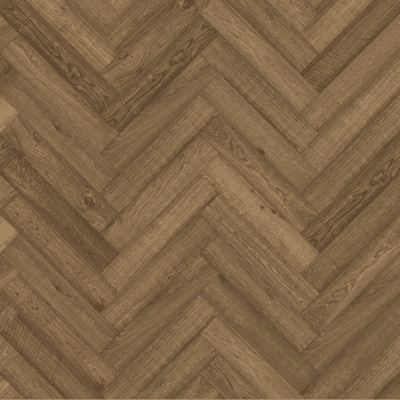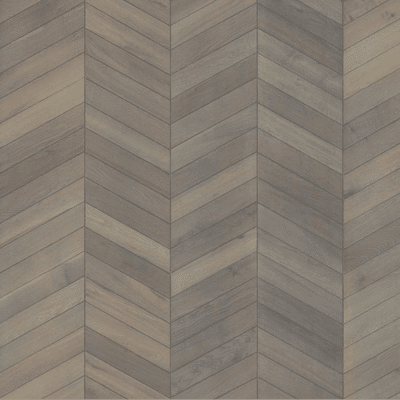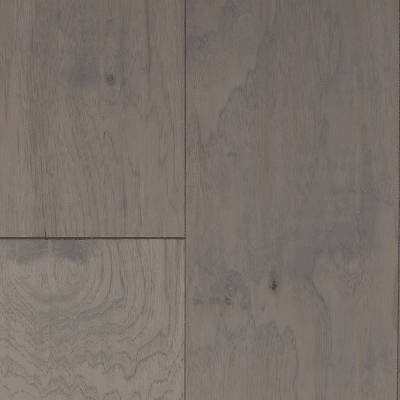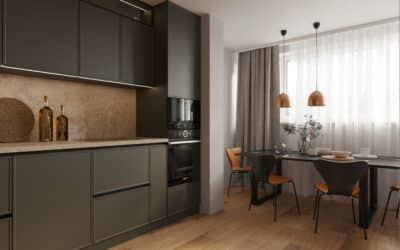It has been estimated that the average person will spend one-third of their life at work. That’s roughly 90,000 hours at work over your lifetime!
It’s therefore not a surprise that a large volume of surveys are carried out across the world, studying the connection between office environment and productivity. Can a working environment boost performance?
Undoubtedly yes.

The Impact of Office Environment on Productivity and Creativity
The Gensler Research Institute conducts surveys to understand the connection between design, business and the human experience globally. Their research conducted in the UK concluded that professionals felt that a better working environment would help them to be on average 19% more productive.
Furthermore, results showed that four out of every five professionals state that the quality of their working environment is vital to their sense of job satisfaction, yet the vast majority don’t perceive their office design as supportive to their company’s business or their own job function. Shockingly, the survey concluded that poorly designed offices could be costing British businesses up to £135 billion per year!
That’s $143,430,750,000.0!
Clearly, investing time and money in workplace design is not a cost – it’s a strategic resource that can be used to foster greater business success.

Choosing Hardwood Floor Patterns for Work Spaces
Have you ever walked across solid wood floors and felt a surprising sense of motivation and wellbeing? You’re not alone.
According to a theory of the biologist E. O. Wilson, who wrote the book “Biophilia,” humans possess an innate and genetically determined affinity with the natural world, always seeking connections with nature and other forms of life.
What does this have to do with office success? A significant number of reports have been written in the US, Australia and the UK, that underline the impact of office design on productivity and creativity. An Australian survey done in 2018, “Workplaces: Wellness + Wood = Productivity” looks specifically at the effects of wood on the workplace.
The results suggest that weaving wood into your office design can be a major driver of wellbeing, job satisfaction and productivity.
The researchers found that satisfaction with working life and the physical workplace increases with natural-looking and genuine wood surfaces. People in workplaces with less than 20% of such surfaces have a much lower satisfaction with their working life, compared to those with a high proportion of visible wood.
Not only do modern employees crave a connection with nature, such as wood in their office, but it actually inspires them to become happier and more productive workers. Those surveyed said that more exposed wood in their office improved their ability to concentrate and lifted their feeling of wellbeing.
When it comes to interior design, attention is often paid to the walls, furniture, and décor, but these reports suggest that hardwood flooring can also have an enormous effect on our well-being and productivity.
Choosing flooring for a workspace is an essential part of the design project and it’s the foundation for building the rest of the space. So, with research backing the tangible benefits of wood flooring as the way forward in modern work spaces, the next question to pose is which options are available?
How to Separate Office Spaces Using Hardwood Flooring Techniques
Hardwood floor patterns can do wonders in creating distinct areas within an office space. The unique designs and textures of hardwood floors can help delineate various functional areas, whether it be for open collaboration spaces or private workstations.
By strategically using different hardwood floor patterns, office layouts can be transformed into dynamic and inviting environments. From traditional herringbone to modern geometric designs, the possibilities are endless in crafting a workspace that is not only aesthetically appealing but also enhances productivity and creativity.
Imagine a chevron pattern leading the way to a conference room or envisage a chill-out area delineated by a classic parquet design, and a calming white oak color. By embracing the beauty and functionality of hardwood floor designs, any workplace can be transformed into a harmonious blend of style and optimum function.

Which Designs Suit Different Office Spaces?
The potential of an office space can be unleashed with hardwood floor patterns. They do more than just separate areas – they define them. There are geometric designs to foster creativity, organic patterns for collaboration zones, soothing textures for areas of tranquility, and bold motifs to make a good first impression at the entrance.
When it comes to hardwood floor patterns, each line and curve can influence how people perceive and interact with the space. If you invest your time in choosing wisely, your office can be transformed into a hub of inspiration, optimum teamwork and creative productivity.
Additionally, combining different types of hardwood floor patterns can delineate specific zones within an office, such as reception areas or collaborative workspaces.
Some insightful points on how unique hardwood floor patterns suit different office spaces:

1. Herringbone Pattern: Ideal for creating a sense of sophistication and elegance, this classic pattern is perfect for executive offices or upscale meeting rooms and also for high traffic areas due to its excellent durability.
Herringbone patterns are a popular choice for flooring, wall designs, and even fabric prints.
This classic pattern is achieved by alternating rows of rectangular tiles or blocks in a “V” shape, creating a zigzag effect that resembles the spine of a herring fish.

2. Chevron Pattern: Similar to Herringbone but offering a slightly modern twist, the chevron patterns add dynamic energy to creative workspaces or collaborative areas. Also an excellent choice for high traffic areas due to its longevity.
Chevron patterns feature a series of inverted “V” shapes that are arranged in a continuous and overlapping manner, creating a zigzag effect. This pattern can be used with different materials such as tiles, wood, or fabric to add a bold statement to any room.
It is worth noting that the chevron pattern has been around for centuries and was commonly used in ancient architecture.

3. Wide Plank Pattern: Providing a more spacious feel, wide plank patterns are great for open office layouts seeking a warm and welcoming atmosphere.
This pattern consists of wide, elongated pieces of wood that are installed parallel to each other, giving the effect of a larger space. It is an excellent choice for smaller offices or meeting rooms as it can make the room appear more open and airy.
Additionally, the natural grain and texture of the wood add warmth and character to any space, making it a popular choice for the workspace.

4. Parquet Pattern: Intricate and detailed, parquet patterns suit traditional office settings or heritage buildings where timeless beauty is appreciated.
This pattern is created by arranging small wooden blocks or tiles in a geometric design, such as herringbone, chevron, or basket weave. It adds a touch of elegance and sophistication to any room.
The possibilities are endless when it comes to parquet patterns, making it a versatile choice for any workspace.
Elevate your Workspace Today with Beautiful Hardwood Flooring
Let the natural warmth and elegance of hardwood flooring breathe life into your work environment and optimize your workspace. Check out options like light hardwood floors or dark hardwood floors for your space. Experience the luxury of walking on exquisite woodwork that effortlessly marries functionality with beauty, not only enriching the aesthetics of your workspace but also enhancing productivity and well-being.
Hardwood floor patterns resonate with the vision and style of today’s workspace, revolutionizing office ambiance into a haven of creativity and comfort. Add wood and make your workplace a more pleasant, productive and profitable place.



